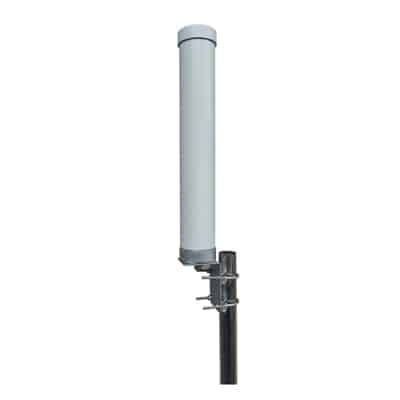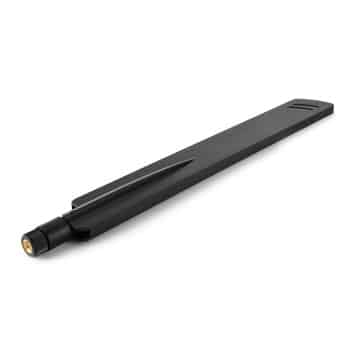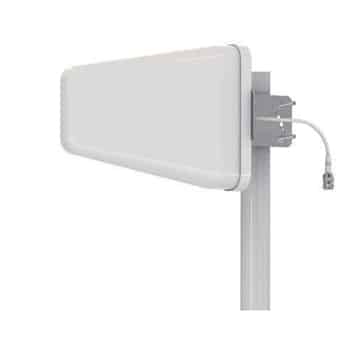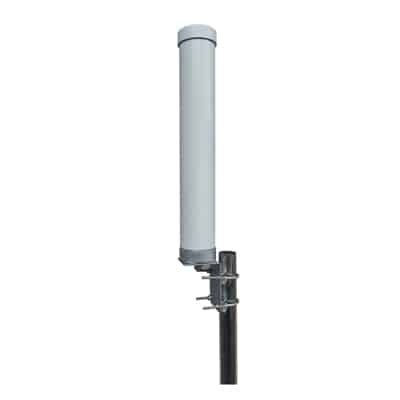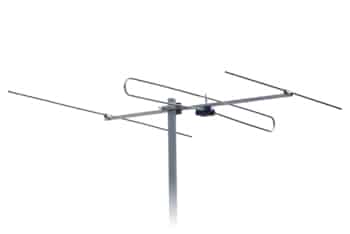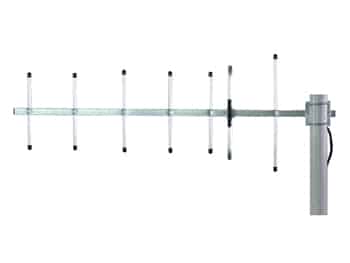Table of Contents
ToggleWhat is M2M?
M2M stands for machine-to-machine communication systems. It defines the communication between different machines without human intervention. The motivation for such a system of networked devices was prominent with the development of internet and wireless technologies. The first industrial sector to adopt M2M communications was the manufacturing factories and plants. However, these implementations were not 100% on par with the formal definition of M2M communication. Since, there was still human intervention in the processes, the definition of M2M needed zero human intervention. With the advancement of the internet, automation, and wireless technologies, the face of M2M transformed over the years. It also got expanded to many other sectors of applications such as healthcare, agriculture, and the automation industry. The Internet of Things (IoT) is one of the technological revolutions that appeared, which has roots in M2M communication systems.
How M2M works?
When considering the working mechanism behind M2M, communication mechanisms play a significant role. Communication between connected devices can be either wired or wireless. Wired M2M communication relies on various physical mediums on connecting the devices. These physical mediums vary from coaxial cables, Ethernet CAT cables, and modern fiber optical cables. However, with the advancement of wireless technologies, wired communication media is becoming obsolete. They are still used in legacy systems and in systems that require high reliability.
Wireless M2M communication relies on wireless technologies to communicate. These technologies include Radio Frequency Identification (RFID), Near Field Communication (NFC), Wi-Fi, and cellular network communication. RFID relies on radio frequency waves to transfer information wirelessly. It is widely used in M2M applications, where authentication or ownership must be confirmed. Therefore, it is a famous option in logistics and supply chain management systems. NFC is very much like RFID. However, it is used for short-range communication purposes. Your contactless credit card uses this technology. Wi-Fi technology is one of the most widely used wireless technology in the modern world. The cellular network is another evolving choice in wireless M2M communications. With the advancement of 5G and 6G and beyond technologies, cellular communication would most likely replace more legacy communication systems in the future.
Now, we have studied the M2M communication enable communication between connected devices. Let’s investigate the generic architecture of M2M communication systems.
Architecture and Standards for M2M
The main components of M2M communication system are sensors, a communication link (either wired or wireless), and automatic computing software. We already discussed the functionality of communication links in a M2M communication system. When it comes to sensors, they can vary depending on the following requirements and features:
- Type of application
- Required accuracy and resolution
- Environmental conditions of operation
These sensor data are transferred to the automatic computing software, where decisions are made. This technology is motivated by the telemetry technology introduced in the late 1920s, which has steered a successful journey over the years. The main difference between such legacy systems such as Supervisory Control and Data Acquisition (SCADA) and modern M2M communication systems, is that the latter uses public access communication links to communicate.
When it comes to standards and architectures defined on M2M communication European Telecommunications Standards Institute (ETSI) and OneM2M have proposed two functional architectures for M2M communication systems. In the functional architecture proposed by ETSI, there are two main domains namely:
- Device and Gateway Domain
- Network Domain
The proposed high-level architecture is proposed in specification TS 102 690. The network domain includes components and functions which handle the networking of devices. OneM2M functional architecture includes three domains namely:
- Field Domain
- Infrastructure Domain
- Infrastructure Domain of other Service Providers
These are proposed in specification TS-0001-V1.6.1. In OneM2M architecture each domain would have three entities namely, Application Entity, Common Services Entity, and Network Service Entity.
What can Tesswave do for you?
Tesswave provide 100+ antenna products and you can contact us for antenna customized solutions, get in touch with us today to get a Free quote.
Get an Instant Quote
Get a FREE quote and we will contact you within an hour
M2M vs IoT
Both M2M and IoT systems can be considered complementary systems. In simple terms, IoT is developed based on M2M functionalities and concepts.
The following table summarizes some of the main differences between M2M and IoT systems.
| M2M | IoT |
| These systems are based on interconnected machines | IoT systems are based on interconnected sensors and sensor nodes |
| Various functionalities in M2M systems are realized using hardware-based design | Functionalities are realized using software-based designs |
| M2M systems are usually restricted to a certain area, establishment and would have limited interaction with the outside environment | IoT systems are interconnected to form a large network |
| M2M systems use non-IP based protocols in communication stack | These use IP-based protocols in communication stack |
| The main purpose of having M2M systems is to monitor and control devices | IoT systems can provide more versatile functionality |
M2M Applications and Examples
M2M applications are mainly focused on monitoring and control of devices interconnected. They are deployed in a wide variety of verticals. Some of the main verticals where M2M systems are successfully deployed are:
- Remote healthcare facilities and telemedicine
- Logistics and fleet management
- Security systems
- Automatic billing systems
- Traffic monitoring and control systems
- Supply chain management facilities
- Automated utility payment systems
In automated utility payment systems, M2M enable systems can enable upcoming services such as Apple Pay. These are enhanced by features such as location-based and customer-based marketing which would increase efficiency and lower wastage.
In the context of logistics and supply chain management, M2M services can help in the navigation, monitoring, and controlling of business processes. Tracking of fleets, supplies, and services is another interesting feature facilitated by M2M applications in this domain.
Anonymity and quality control inherited from M2M applications can enhance security systems with added hardware protection. Also, M2M services can provide scheduling services, which are helpful in time-constrained security systems.
Conclusion
M2M communication systems are vital in today’s industries. Modern industrial factories and establishments consist of interconnected devices. This imposes the necessity of proper communication among these devices. By realizing M2M systems we can have efficient remote monitoring and control of such interconnected devices. Let’s conclude by identifying some of the advantages of using M2M systems. These advantages include:
- Increase cost efficiency and operational efficiency
- Can reduce operational costs and miscellaneous expenses incurred in manual systems
- Depending on the requirements of the organization, M2M systems can be scaled
- Remote monitoring and control capability

